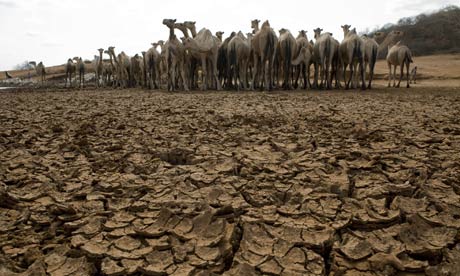
In January, a consortium of Dutch and Kenyan investors will begin construction on the $760 million project, which envisions more than 350 wind turbines towering over desert expanses near Lake Turkana in northern Kenya. When completed in 2012, the wind farm is expected to boost the power supply in this nation by almost 30 percent.
Secure · Tax deductible · Takes 45 SecondsSecure · Tax deductible · Takes 45 SecondsKenya is one of the continent’s greenest countries, with nearly three-quarters of its power coming from hydroelectric and geothermal sources. But its efforts to harness the wind have put it at the forefront of a budding movement in Africa, ahead of a global climate change conference in Copenhagen next month.
That’s from a Saturday WashPost news story by Christopher Vourlias, a freelance journalist based in East Africa. Africa’s largest wind farm is to be built in Kenya’s Chalbi Desert. The picture above is from Kenya’s first wind farm, in the Ngong Hills outside Nairobi, which began providing power to the national grid in August.
During Copenhagen, I’m planning on running stories and interviews from around the world on climate impacts and what different countries are doing to reduce greenhouse gas emissions, stop deforestation, and adopt clean energy. Here’s more on what’s happening in Africa:
Ethiopia inked a $300 million deal last year with the French company Vergnet to build a wind farm. Tanzania is constructing two facilities that will boost its power supply by nearly 10 percent. And South Africa, the continent’s largest economy, hopes to complete 18 wind farms by 2014….
“What you see in Africa is a severe shortage” of power, said Phylip Leferink, sales and marketing manager for Vestas, the world’s leading supplier of wind turbines. “They have an urgent need for bringing up the capacity as soon as possible.”
Power shortages have forced blackouts from Addis Ababa, Ethiopia, to Johannesburg this year, but the shortages have been especially acute in Kenya. A prolonged drought has dried up riverbeds and crippled the country’s hydroelectric plants. Officials have imported fossil fuels as an emergency stopgap….
This has been a staggering drought, as the Guardian reported in September. Their photo caption: “One of the main water sources outside Moyale in Kenya runs dry.”
Kenya, a land more than twice the size of Britain, is everywhere parched. Whole towns such as Moyale with more than 10,000 people are now desperate for water….
“The scarcity of water is becoming a nightmare. Rivers are drying up, and the way temperatures are changing we are likely to get into more problems,” said Professor Richard Odingo, the Kenyan vice-chair of the UN’s Intergovernmental Panel on Climate Change (IPCC)….
“In the past we used to have regular 10-year climatic cycles which were always followed by a major drought. In the 1970s we started having droughts every seven years; in the 1980s they came about every five years and in the 1990s we were getting droughts and dry spells almost every two or three years. Since 2000 we have had three major droughts and several dry spells. Now they are coming almost every year, right across the country,” said Mpoke [“a Maasai vet who now works as a climate change adviser with Ireland-based charity Concern Worldwide”]….
He reeled off the signs of climate change he and others have observed, all of which are confirmed by the Kenyan meteorological office and local governments. “The frequency of heatwaves is increasing. Temperatures are generally more extreme, water is evaporating faster, and the wells are drying. Larger areas are being affected by droughts, and flooding is now more serious….
Mpoke said he did not understand how people in rich countries failed to understand the scale or urgency of the problem emerging in places such as Kenya. “Climate change is here. It’s a reality. It’s not in the imagination or a vision of the future. [And] climate change adds to the existing problems. It makes everything more complex. It’s here now and we have to change.”
For more on the devastating drought, see this October story, “Kenya drought ‘has spared no one’.” Back to the WashPost piece:
The effects have been felt from the industrial centers to the sprawling shantytowns and the suburbs of the capital. Rationing has brought rolling blackouts to Nairobi, and manufacturers have been forced to scale down production because of power cuts. In the aftermath of last year’s post-election violence, the power shortages have been a further burden for a country struggling to regain its footing as East Africa’s economic powerhouse.
“We are paying for the sins of our leaders,” said Geoffrey Machariah, a taxi driver, who endures frequent power cuts in his Nairobi home. “Since last year, we are all suffering.”
The Turkana project is this country’s most ambitious energy venture to date. The site encompasses 25,000 acres on the edge of the Chalbi Desert, an area chosen for the “natural, low-level jet stream” blowing south from the Sahara and the Ethiopian highlands, said Nick Taylor, chief operating officer of the Lake Turkana Wind Power consortium. It is part of a broader initiative to introduce nearly 500 megawatts of wind power within five years.
“Climate change is here. It’s a reality. It’s not in the imagination.”
The time to act is now.



